- V
- GF
- NS
- DF
- View Recipe Key
How to Make Brown Butter (Beurre Noisette) (VIDEO)
How to Make Brown Butter (Beurre Noisette) (VIDEO)
Learn how to make brown butter using an easy French technique that turns regular butter into an incredibly aromatic, sophisticated ingredient you can use in savory and sweet dishes.
This post contains affiliate links. Full disclosure is at the bottom of the article.
The intoxicating nutty aroma of brown butter is a delightful preview of how it can transform both savory and sweet dishes from good to extraordinary. This easy French “sauce,” which is called beurre noisette in French—literally “hazelnut butter” because of its color—was traditionally used in vegetable and fish dishes, but it’s now used in an array of recipes, from simple fried eggs to sophisticated financiers.
This easy, classic French technique can be performed by any home cook. Using brown butter in recipes is guaranteed to take your dishes to the next level! Learn what brown butter is, how to make it, and how to use it in your favorite recipes, as well as in new ones, too.
Brown Butter Recipe Video
See how quick and easy it is to make brown butter in this short video!
What is Brown Butter?
Brown butter is butter that is melted and cooked until it turns brown—or “hazelnut” color, if you prefer. As the butter melts, the butterfat and milk solids separate, and these solids fall to the bottom of the pan. As the butter gently simmers, the milk solids cook and eventually turn a cinnamon or toasty hazelnut shade and release a unique nutty aroma.
Brown butter is basically a one-ingredient sauce that can be used in its delicious liquid state as a sauce or garnish over fish, pasta, or risotto. Brown butter can also be cooled back to a solid form and used as regular butter would be. Solidified brown butter provides an incredible depth of flavor to baked goods such as financiers and clafoutis.
Classic French financiers made with brown butter.
How to Make Brown Butter
Making brown butter is so easy! All you need is butter and a stainless-steel pan or skillet, which makes it easier to watch over the color of the butter changing. Simply melt the butter in the pan over medium heat, then bring it to a gentle simmer. Cook, stirring with a spatula, a wooden spoon, or a whisk, until the milk solids at the bottom of the pan turn a nicely toasty hazelnut brown. The time it takes varies according to the quantity of butter and the size of the pan you’re using, but it’s usually done in just a few minutes.
Once the butter is aromatic and brown, you transfer it to a bowl to stop the cooking process. Always make sure to scrape down all those brown bits from the bottom of the pan, because that’s where the flavor is!
How to Use Brown Butter
One of the best features of brown butter is that it’s incredibly versatile. You can use it in savory contexts, such as salad dressings and sauces, pasta and risotto, fish dishes, and vegetable side dishes.
Roasted Butternut Squash Risotto with Brown Butter and Sage
The nutty flavor of brown butter also works wonders in desserts. Beurre noisette is the central ingredient in French financiers, and it’s also delicious in baked goods requiring the use of melted butter, such as blondies. You can also swap in cooled, solidified brown butter into recipes that use regular, room-temperature butter to add an extra flavor dimension—think chocolate chip cookies, banana bread, crumbles, and more. You can even use it to make buttercream!
Once you know how easy it is to make brown butter, you will want to use it in each and every dish—and that’s a good thing. There are very few dishes that won’t be improved with a spoonful (or a half cup!) of brown butter.
Recipes that Use Brown Butter
Here are recipes that make the most of the incredible aroma and flavor of brown butter.
- Roasted Butternut Squash Risotto
- Brown Butter Apple Blondies
- Cherry Clafoutis Bars
- Classic French Financiers
- Black Sesame and Chocolate Financier Cake (pictured below)
Find even more brown butter recipe inspiration in my recipe collection,
Baked Treats that Taste Even Better with Brown Butter
Try making these classic desserts by substituting regular butter with liquid or solidified beurre noisette. You might never go back!
- Crêpes, pancakes, and waffles
- Banana bread, cake, or muffins
- Granola
- Crisps and crumbles (use brown butter in the crunchy topping!)
- Cheesecakes and other desserts with a pressed crust (use brown butter in the crust)
- Chocolate chip cookies
- Not a baked treat, but goes with it: Buttercream (brown butter buttercream is out of this world…!!)
What Type of Butter Is Best for Making Brown Butter
When a single ingredient is the spotlight of a recipe, I always say buy the best quality you can afford. It’s certainly true in the case of brown butter: in the savory context, you use it as a sauce or as a finishing touch on dishes, so the flavor of the butter is front and center.
The best kind of butter with which to make brown butter is therefore high-quality butter. I prefer European-style butters, which often have a higher butterfat content than most mass-market butter brands. I recommend using unsalted butter as well, especially when using brown butter in desserts, so you can fully control the level of seasoning in your finished dish.
Brown Butter Flavor Pairings
I have a hard time thinking of ingredients that would not pair deliciously with brown butter, but some ingredients are quite simply perfect matches:
- Fish, especially white ones such as halibut
- Scallops and crab meat
- Squash, especially butternut squash
- Fresh sage
- Nuts, especially hazelnuts and pecans
- Bananas, pears, and peaches
How to Store Brown Butter
Pour brown butter into an airtight container or jar. Refrigerate for up to 1 week, or freeze for up to 1 month.
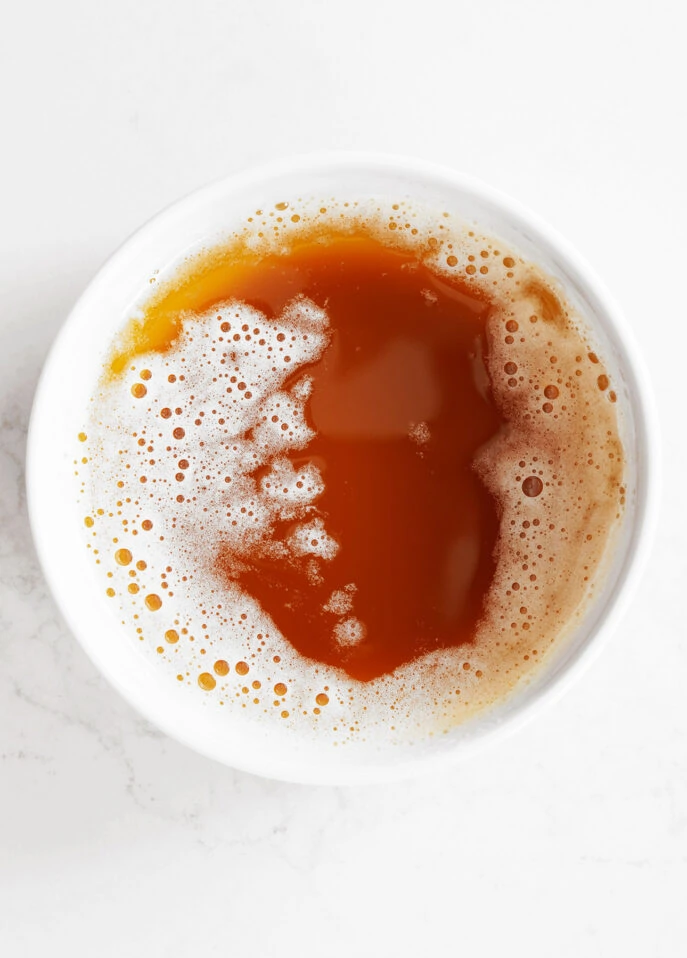
How to Make Brown Butter
Ingredients
- ½ cup unsalted butter (adjust the quantity of butter according to the recipe you're making)
Instructions
- In a small stainless steel saucepan set over medium heat, warm the butter until completely melted and simmering.
- Keep on cooking over low heat, swirling the pot from time to time. The butter will bubble up as the water evaporates, which will prevent you from watching closely over the color changing. When that happens, lift the pot off the heat for a few seconds, swirling it gently until the bubbles recede, then put back on the heat.
- Stir the butter continuously using a spatula, a wooden spoon, or a whisk, and keep a close eye on its color changing. Brown butter is ready when the milk solids at the bottom of the pot turn a nicely toasty hazelnut brown color and the concoction gives off a delicious nutty hazelnut aroma. The time it takes varies according to the quantity of butter and the size of the pan you’re using, but it’s usually done in just a few minutes.
- When the brown butter is ready, remove the pan from the heat, pour the brown butter into a small bowl or a container to stop the cooking process. Always make sure to scrape down all those brown bits from the bottom of the pan, because that’s where the flavor is!
- If the recipe you're making uses melted brown butter, you can use it right away. If you're using melted brown butter in a dessert, it's usually best to let it cool for about 10 minutes before you incorporate it into a batter.If the recipe you're making uses solidified brown butter, refrigerate it for a few of hours until cold and firm.
- STORAGE: Brown butter keeps refrigerated in an airtight container or jar for up to 1 week, or frozen for up to 1 month.
Video
Did you make this?
Tell me how you liked it! Leave a comment or take a picture and tag it with @foodnouveau on Instagram.
Disclosure Notice: This site is a participant in the Amazon Associates Program, an affiliate advertising program designed to provide a means for the site to earn fees by linking to Amazon and affiliated sites.
If you click on an affiliate link, I may earn advertising or referral fees if you make a purchase through such links, at no extra cost to you. This helps me create new content for the blog–so thank you! Learn more about advertising on this site by reading my Disclosure Policy.
Author: Marie Asselin

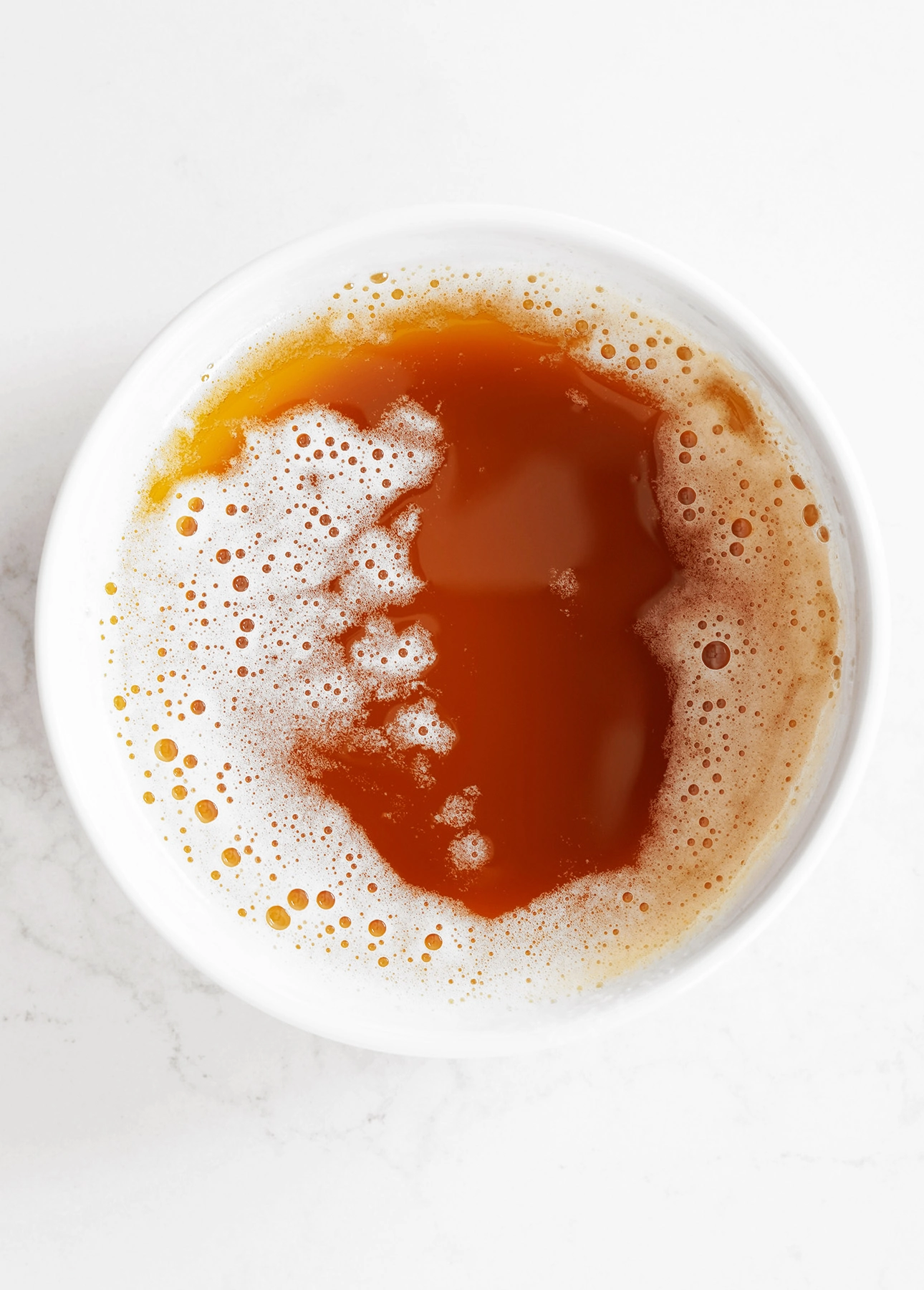
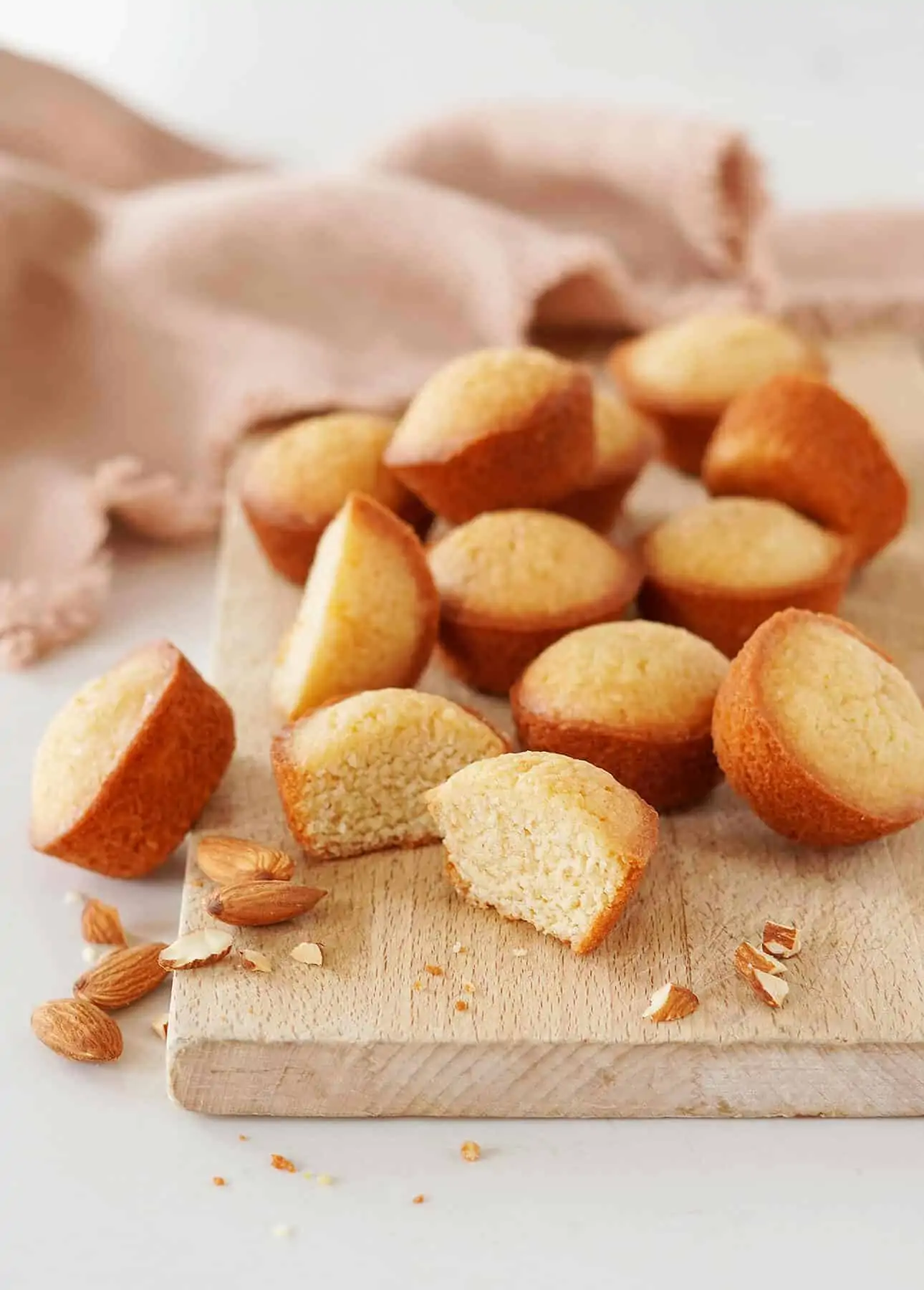
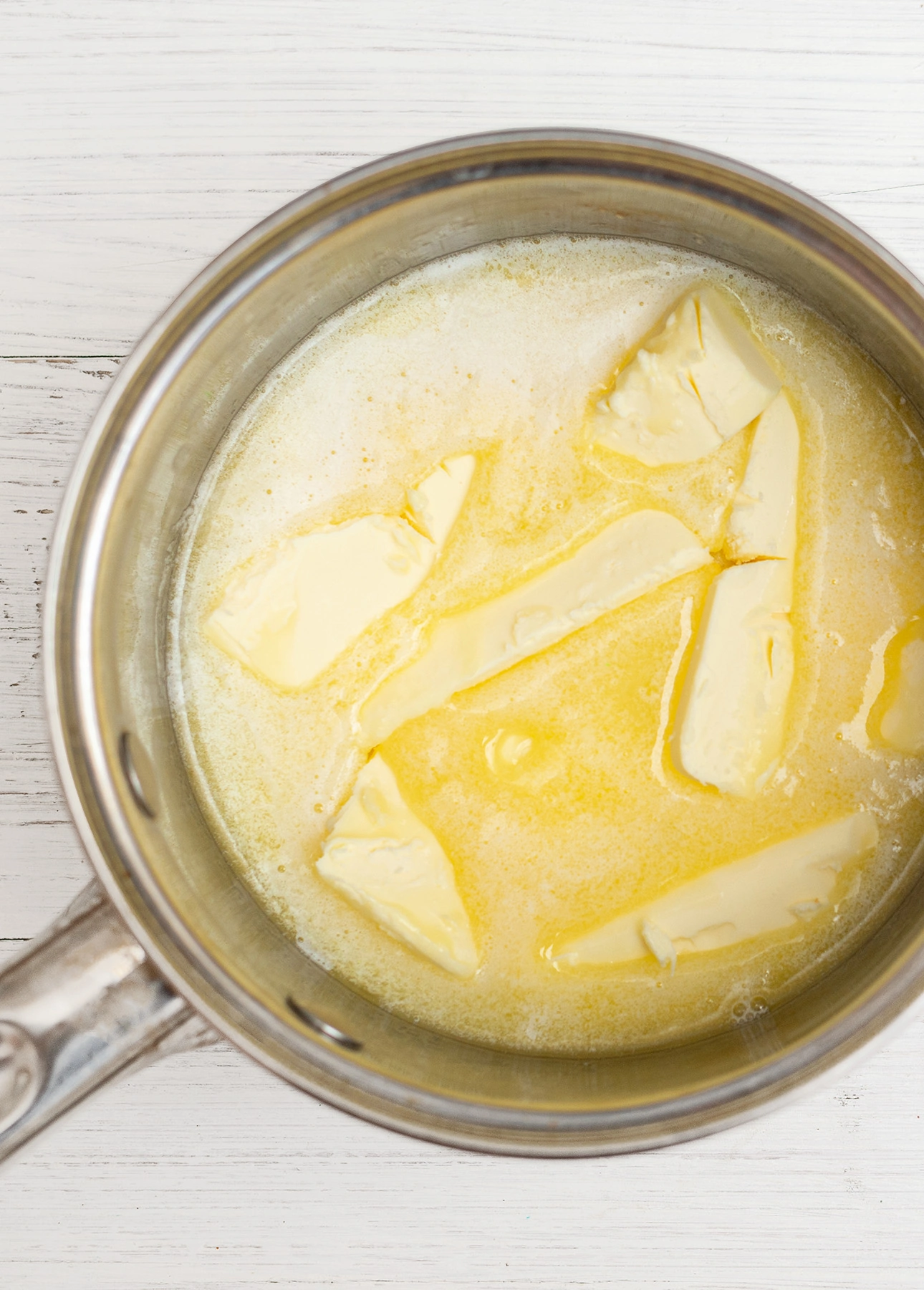
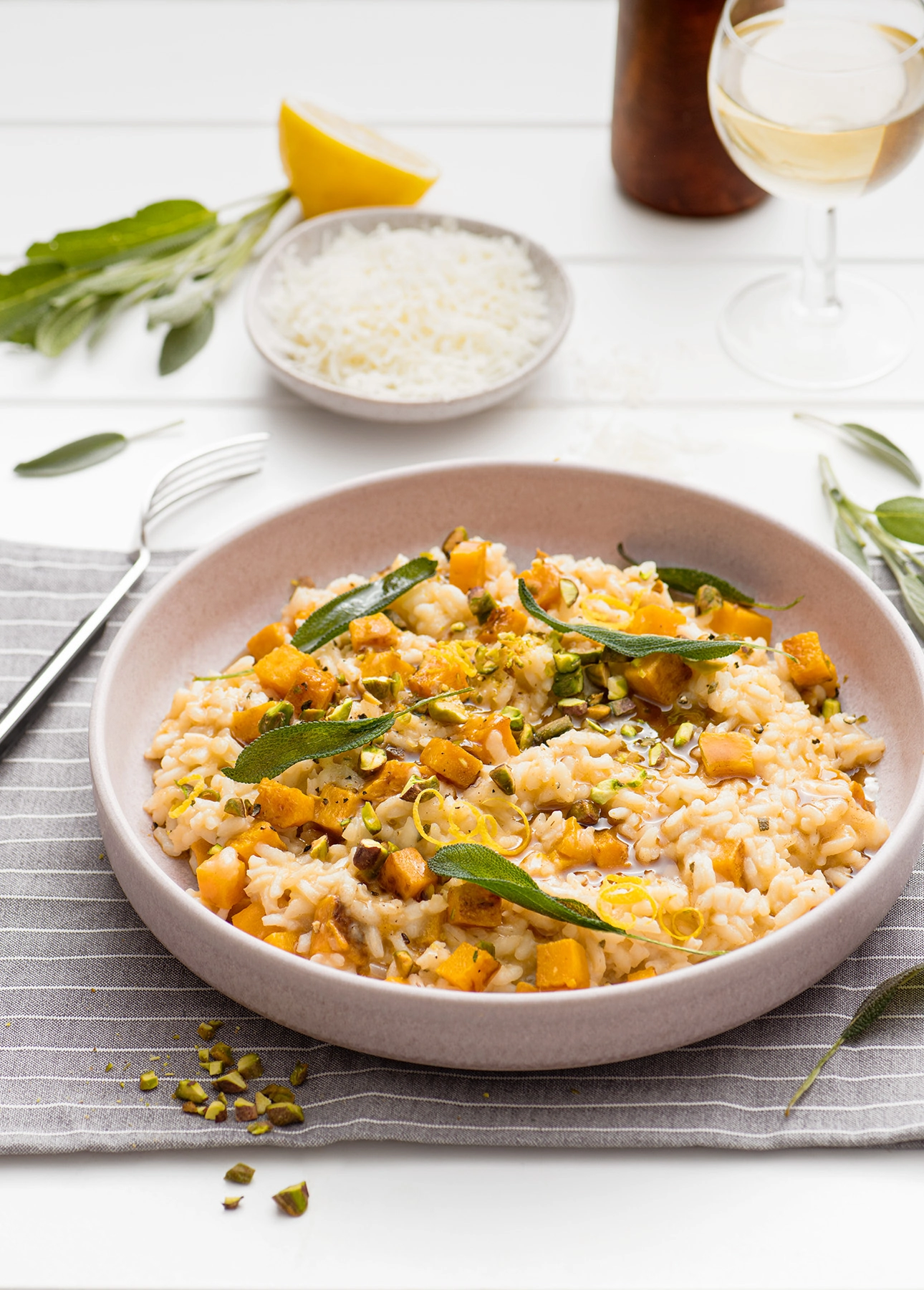
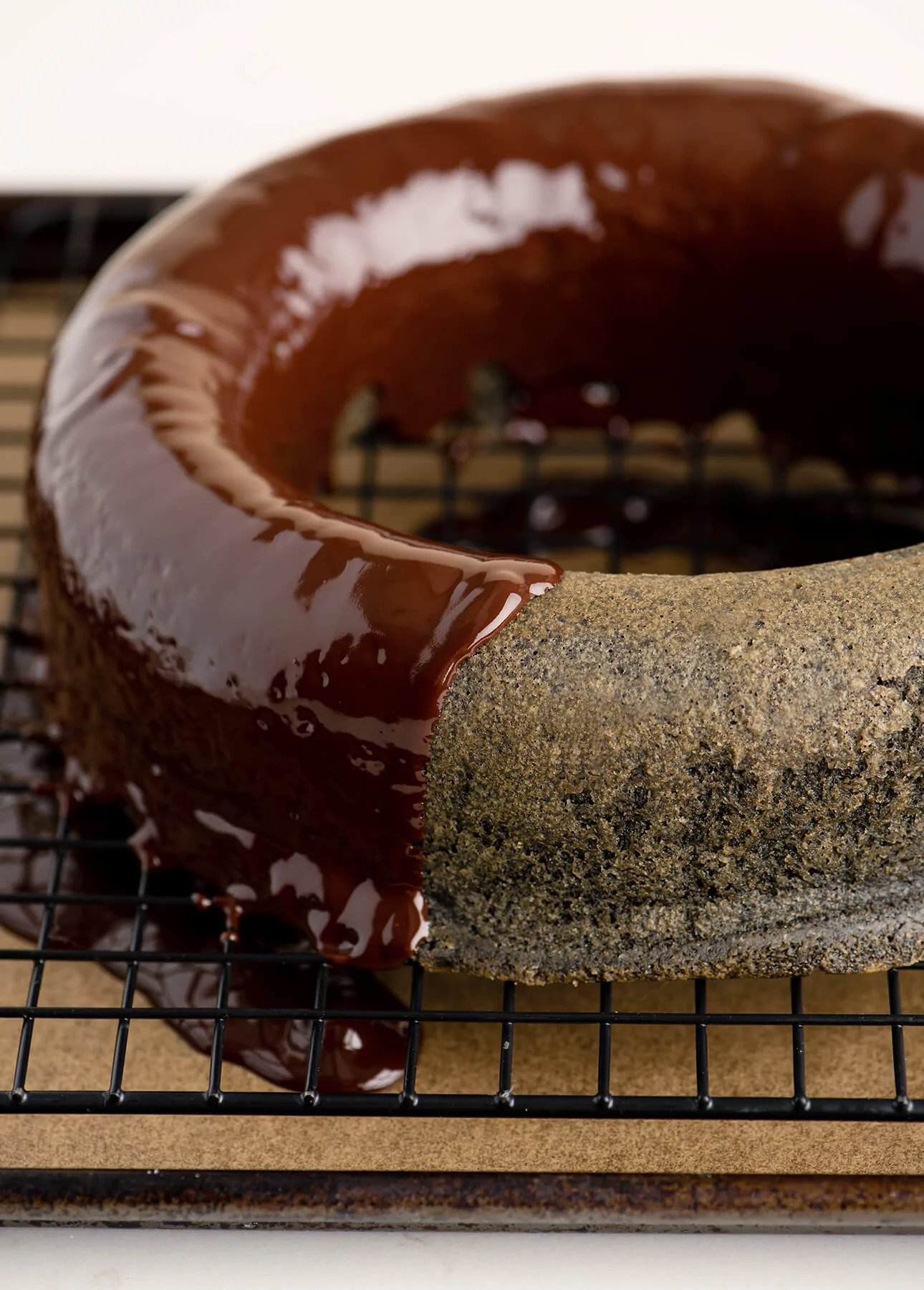
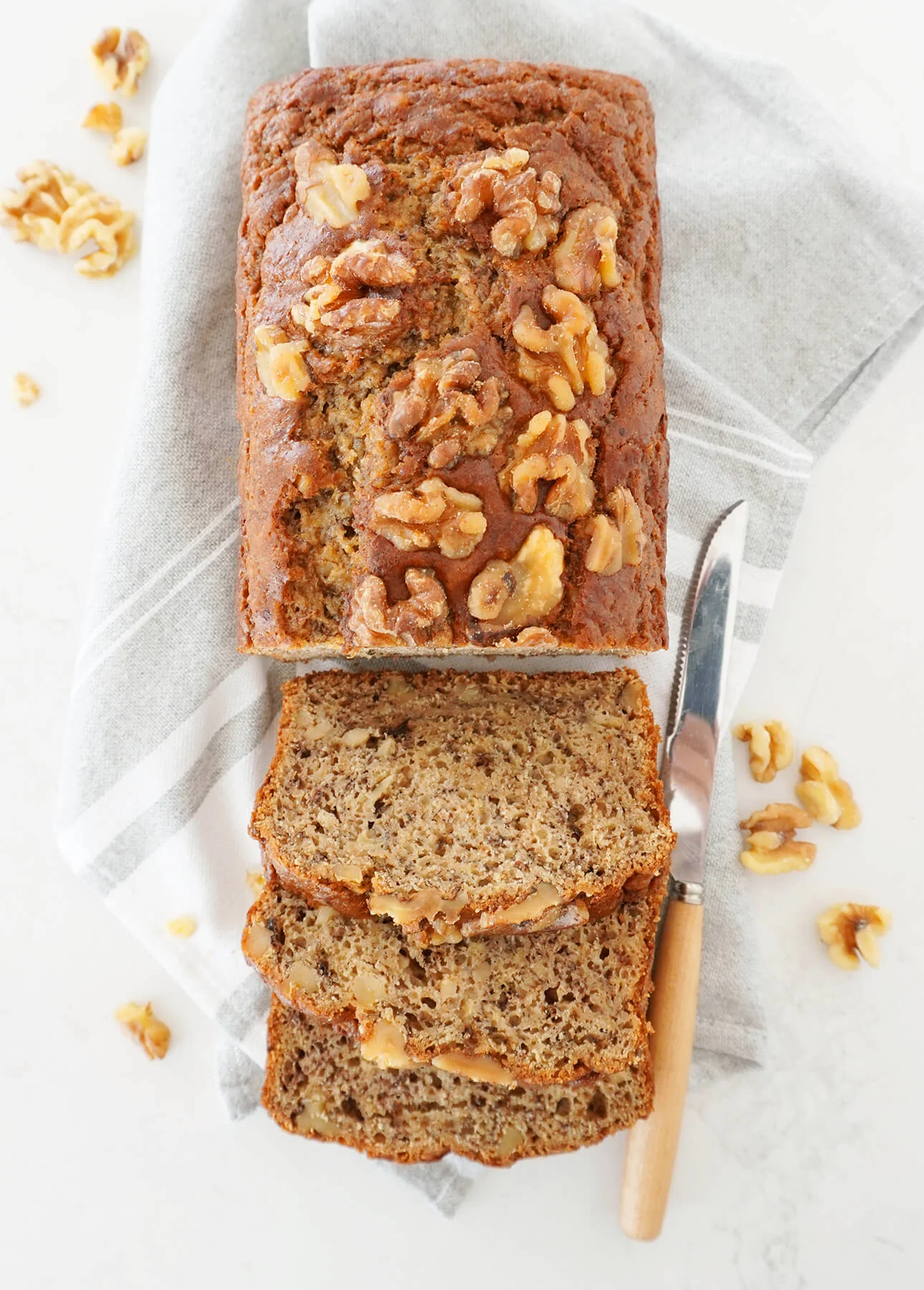
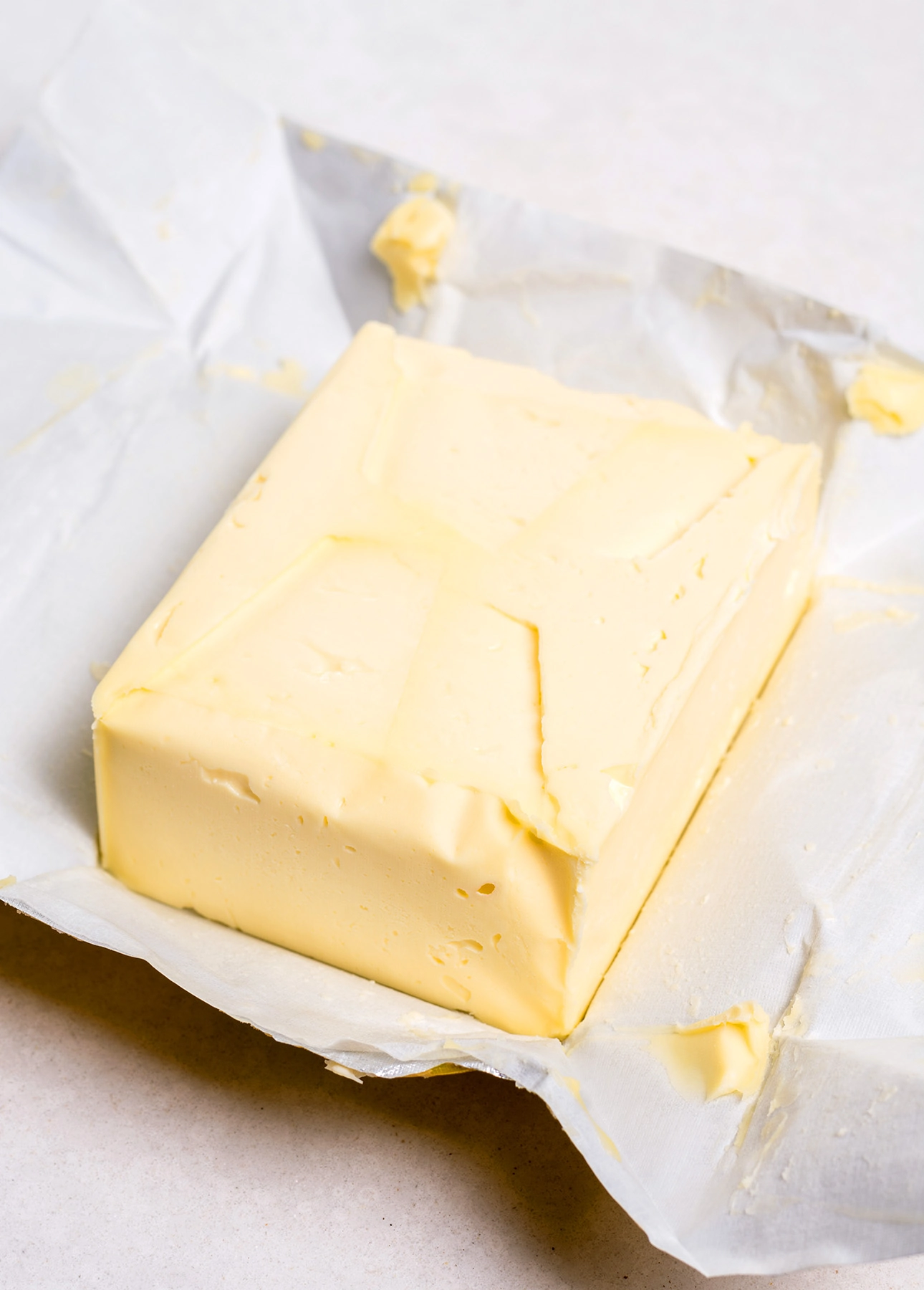

WHAT DID YOU THINK OF THIS RECIPE?
Rate + Review